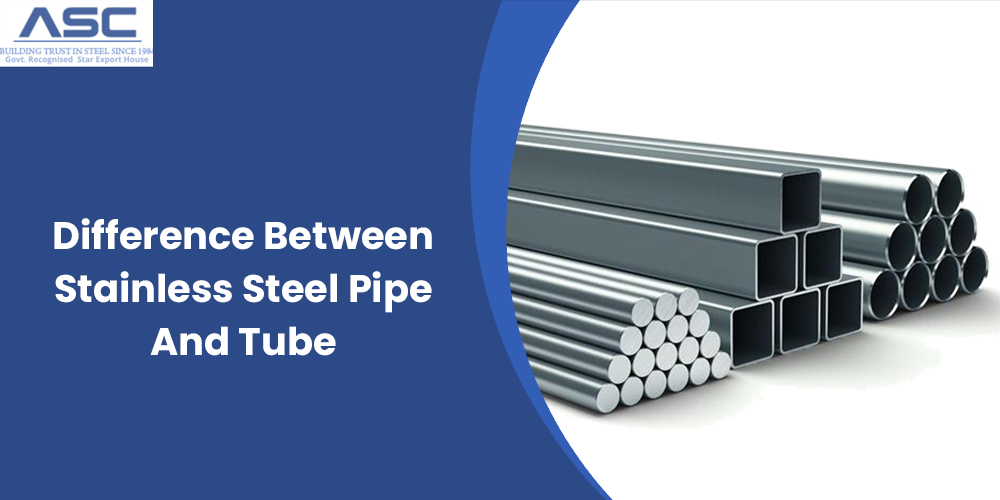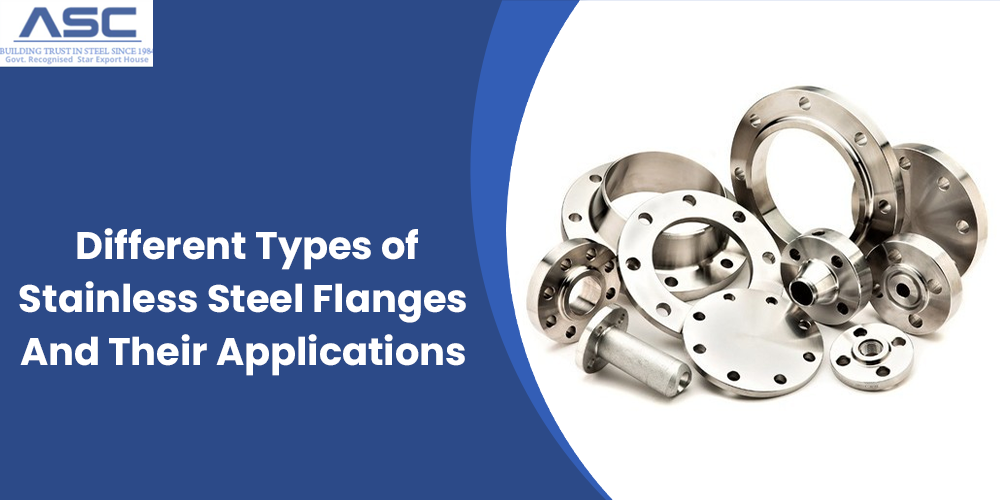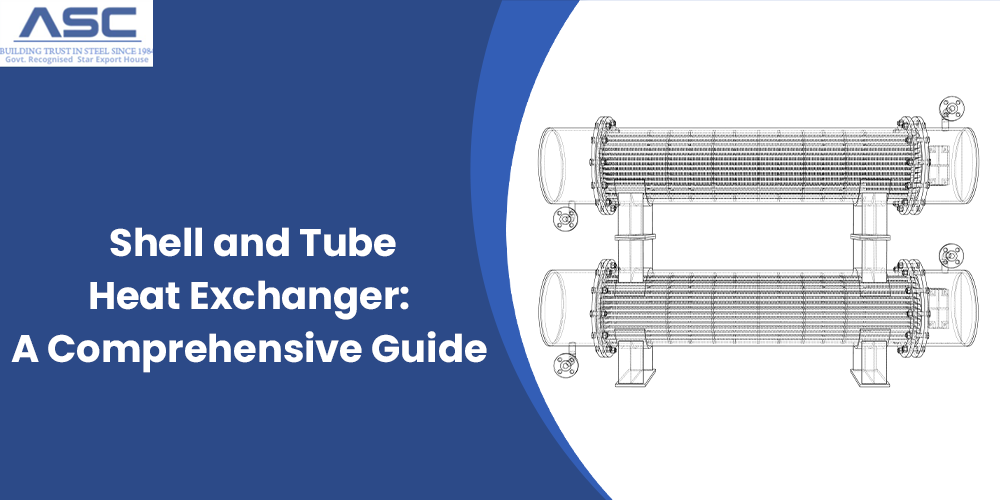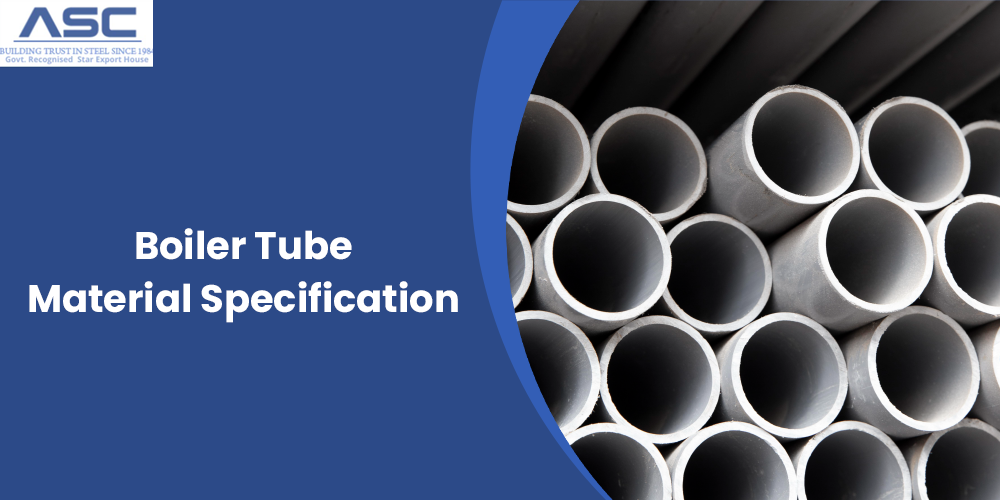Difference Between Stainless Steel Pipe And Tube
by AMC
Posted on January 11, 2025 at 05:01 PM

Stainless steel pipes and tubes are often used interchangeably, but there are key differences between them, especially in how they are measured and their applications.
Stainless Steel Pipe:- Pipes are typically round and used to transport liquids, gases, or even solids like pellets and powders. They are measured using either NPS (Nominal Pipe Size) in North America or DN (Diameter Nominal) elsewhere. NPS refers to a standard size system for pipes, indicating their conveyance capacity, but it doesn't represent the exact internal diameter. The key measurements for pipes are the inner diameter (ID), outer diameter (OD), and wall thickness (WT), also known as the pipe schedule. For example, pipes may be classified with schedules like Sch. STD., Sch. XS, or Sch. 40 to define the wall thickness. Different NPS pipes can have the same schedule but varying wall thicknesses.
Stainless Steel Tube:- Unlike pipes, tubes come in various shapes, including round, rectangular, square, and oval. Tubes are also measured by outer diameter (OD) and wall thickness (WT), with these values being more precise compared to pipes. The tube's dimensions typically reflect the exact size of its hollow section, and the measurements are given in either inches or millimeters. Tubes are often used in applications that require a specific shape or size, such as structural supports or precision systems.
In short, while both pipes and tubes are hollow, pipes are primarily designed for conveying materials, with a focus on internal capacity, while tubes are often used for more specialized, dimensional purposes.
Different types of SS Tube
- Seamless steel tubes
- Welded Tubes
- Cold drawn tubes
- Precision tubes
- Hydraulics and pneumatics tubes
- Heat Exchanger Tubes
- Coiled Tubes
- Capillary tube
The key difference between pipes and tubes is their shape. Stainless steel pipes are always round, while stainless steel tubes can be found in various shapes, including round, rectangular, square, and cylindrical.
Difference Between Pipe and Tube Diameter
When ordering, tubes are typically specified by outside diameter (OD) and wall thickness. In some cases, the order may also include inner diameter (ID) and wall thickness. The ID is usually theoretical, while the wall thickness is defined by a gauge number, with smaller gauge numbers indicating thicker walls. In contrast, pipes are ordered using the NPS (Nominal Pipe Size) standard, which requires specifying the pipe size along with the schedule number and nominal diameter.
Pipe and Tube Manufacturing Process
Both pipes and tubes can be made with either seamless or welded construction. However, producing tubes is more complex due to stricter tolerance requirements. Manufacturers must meet these precise tolerances to meet standards or specifications. Additionally, the tube manufacturing process involves thorough testing, quality checks, and inspections to ensure the final product meets the required standards.
Rectangular Section of Stainless Steel Pipe
| Size | Thickness Availability in mm | ||||||||
|---|---|---|---|---|---|---|---|---|---|
| 20X10 mm | 0.65 | 0.8 | 1.00 | 1.20 | 1.50 | ||||
| 13X26 mm | 0.65 | 0.8 | 1.00 | 1.20 | 1.50 | 2.0 | |||
| 20X40 mm | 0.65 | 0.8 | 1.00 | 1.20 | 1.50 | 2.0 | |||
| 30X10 mm | 0.65 | 0.8 | 1.00 | 1.20 | 1.50 | 2.0 | |||
| 40X10 mm | 0.65 | 0.8 | 1.00 | 1.20 | 1.50 | 2.0 | |||
| 50X10 mm | 0.65 | 0.8 | 1.00 | 1.20 | 1.50 | 2.0 | |||
| 25X50 mm | 0.65 | 0.8 | 1.00 | 1.20 | 1.50 | 2.0 | 3.0 | ||
| 60X40 mm | 1.20 | 1.50 | 2.00 | 3.00 | 4.00 | 5.00 | |||
| 75X25 mm | 1.20 | 1.50 | 2.00 | 3.00 | 4.00 | 5.00 | |||
| 80X40 mm | 1.50 | 2.00 | 3.00 | 4.00 | 5.00 | ||||
| 50X100 mm | 1.50 | 2.00 | 3.00 | 4.00 | 5.00 | ||||
| 40X100 mm | 1.50 | 2.00 | 3.00 | 4.00 | 5.00 | ||||
| 60X100 mm | 1.50 | 2.00 | 3.00 | 4.00 | 5.00 | ||||
| 80X60 mm | 2.00 | 3.00 | 4.00 | 5.00 | |||||
Square Section of Stainless Steel Pipe
| Size | Thickness Availability in mm | ||||||||
|---|---|---|---|---|---|---|---|---|---|
| 12X12 mm | 0.65 | 0.80 | 1.00 | 1.20 | 1.50 | ||||
| 15X15 mm | 0.65 | 0.80 | 1.00 | 1.20 | 1.50 | ||||
| 20X20 mm | 0.65 | 0.80 | 1.00 | 1.20 | 1.50 | 2.0 | |||
| 30X30 mm | 0.65 | 0.80 | 1.00 | 1.20 | 1.50 | 2.0 | 3.0 | ||
| 40X40 mm | 1.00 | 1.20 | 1.50 | 2.0 | 3.0 | 4.0 | |||
| 50X50 mm | 1.00 | 1.20 | 1.50 | 2.0 | 3.0 | 4.0 | 5.0 | ||
| 80X80 mm | 1.00 | 1.20 | 1.50 | 2.0 | 3.0 | 4.0 | 5.0 | ||
| 75X75 mm | 1.50 | 2.0 | 3.0 | 4.0 | 5.0 | ||||
Stainless Steel Pipe Series
| NPS | NPS | O.D. | Wall Thickness & Weight Chart | |||||
|---|---|---|---|---|---|---|---|---|
| In Inch | In mm | In mm | Sch 5S | Sch 10S | Sch 40S | |||
| 1/2" | 15 | 21.34 | 0.065 | 1.65 | 0.083 | 2.11 | 0.109 | 2.77 |
| 3/4" | 20 | 26.67 | 0.065 | 1.65 | 0.083 | 2.11 | 0.109 | 2.77 |
| 1" | 25 | 33.4 | 0.065 | 1.65 | 0.109 | 2.77 | 0.133 | 3.38 |
| 11/4" | 32 | 42.16 | 0.065 | 1.65 | 0.109 | 2.77 | 0.14 | 3.56 |
| 11/2" | 40 | 48.26 | 0.065 | 1.65 | 0.109 | 2.77 | 0.145 | 3.56 |
| 2" | 50 | 60.33 | 0.065 | 1.65 | 0.109 | 2.77 | 0.154 | 3.91 |
| 21/2" | 65 | 73.03 | 0.083 | 2.11 | 0.12 | 3.05 | 0.203 | 5.49 |
| 3" | 80 | 88.9 | 0.083 | 2.11 | 0.12 | 3.05 | ||
| 4" | 100 | 114.3 | 0.083 | 2.11 | 0.12 | 3.05 | ||
SS Pipe and Tube Applications
SS Pipes are primarily used in systems to transport various media, such as liquids, gases, and solids. On the other hand, tubes are more commonly used for structural purposes. For example, tubes are often used in scaffolding and staging to support workers and materials during construction, maintenance, or repairs. They play a crucial role in building and maintaining structures like bridges, buildings, and other man-made constructions.
Conclusion
The main difference between stainless steel pipes and tubes lies in their shape and application. Pipes are typically round and used for transporting media, while tubes can be found in various shapes, including round, rectangular, square, and cylindrical, and are often used for structural purposes. Understanding these differences helps in selecting the right material for specific needs, whether it's for a piping system or a construction project.
FAQs
1. What is the difference between stainless steel pipe and tube?
The main difference is that tubes can be square, rectangular, or cylindrical, while pipes are always round. Pipes are for larger applications, while tubing is used for smaller diameters.
2. What is a stainless steel tube used for?
Stainless steel tubes are essential in the oil and gas industry for drilling, extraction, transportation, and are used in pipelines, refineries, offshore platforms, and petrochemical plants.
3. What is an SS tube?
An SS tube is a stainless steel tube made from an alloy that offers strength, hygiene, corrosion resistance, and heat resistance, used in various industrial applications.

Different Types of Stainless Steel Flanges And Their Applications
Stainless steel flanges are important parts of piping systems. SS Flange helps connect pipes, valves, pumps, and other equipment by providing

